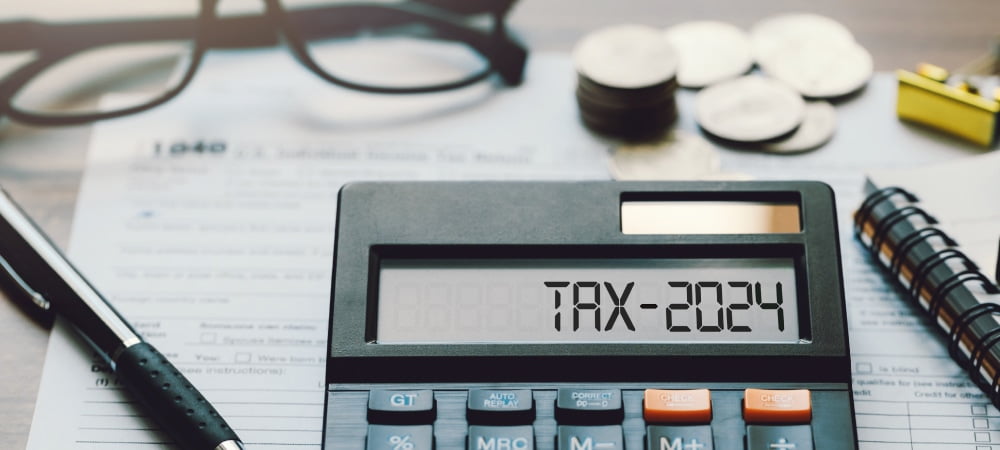ROI Factors of SAP-integrated Tax Technology


Should an S/4 Tax Technology be set up manually and maintained in the long term? Or does the integration of a central tax technology make sense? After all, tax compliance must be guaranteed globally throughout, increasingly often in near real time. Practice shows: Several criteria are essential when considering the cost-effectiveness of tax technology.
For technical reasons alone, it is clear that existing in-house developed functions in SAP for VAT determination cannot simply be copied into S/4. This requires a decision: should the necessary tax logic be reprogrammed natively in SAP? Then the additional effort for the SAP team needs to be calculated. The follow-up costs should not be forgotten: continuous tax research and the associated system updates for all relevant tax areas. This needs to be weighed up against the alternative: implementing an SAP-certified tax engine or third-party tax technology.
VAT calculation with standards
Tax engines are generally available in external systems for automated VAT determination in the ERP system. The provider keeps the global tax regulations up to date on an ongoing basis. As a central unit, the regulations can be connected to any of a company's transaction systems in addition to SAP. The effect: tax determination is standardized across the board, even short-term changes to tax law are available across the board. This simplifies tax compliance, which can be verified by internal audits and tax authorities.
There is no general answer as to when a fully integrated third-party solution for automated VAT determination is worthwhile. It depends less on the total turnover of a company. Rather, the complexity of the business area plays a role, as does the number of countries in which a company does business or will do so in the future.
However, the following aspects quickly reveal a possible point of profitability. This is because non-tax experts often lack insight into how high the costs of tax determination and compliance actually are. At least the IT teams that had to implement the comparatively simple Covid-related tax rate changes in all transaction systems have a vague idea of this.
It is obvious that the decision for or against a tax engine is best made before an S/4 conversion. This gives you the opportunity to integrate it into the planning and implementation process at an early stage and to modernize VAT management globally from the outset.
Tax authorities rely on real time
Tax authorities around the world are increasingly demanding all kinds of real-time reports. This is forcing companies' finance departments to digitize and automate their tax determination and reporting. This is also reflected in the planned EU VAT reform "VAT in the Digital Age", or ViDA for short.
At the same time, the introduction of electronic invoicing or e-invoicing will oblige trading partners to transmit their VAT invoice data electronically to the tax authorities. This means for companies: Tax data must comply with legal regulations from the outset. There will no longer be a second attempt to correct errors retrospectively after data analysis, for example. Manual intervention in transactions whose tax determination is not covered by the company's own system is also no longer possible.
Less tax research
Like any other ERP system, SAP itself does not provide any content for global VAT rates, VAT coding or limited input tax deduction rules. Instead, there are tax engines with the aim of automatically calculating VAT even for complex transactions and tax territories. Otherwise, multinational companies face two challenges: To employ experts for their own VAT research and to customize their SAP environment accordingly. These adjustments can be far-reaching and frequent. Every change in indirect tax law in every country in which the company does business needs to be continuously reviewed. Business changes such as geographical expansions, mergers and acquisitions, new business units, digital commerce or expanded product offerings with complex taxability are also relevant from a VAT perspective.
VAT research for cases like these is extremely time-consuming and often requires additional tax advice - costs that need to be included in the ROI calculation of a tax engine.
Free SAP teams from customizations
When using native VAT functions in SAP, the IT department is required to work with the tax teams to manually record and update each legal change, assign it to the material or condition records in the system and test the correct implementation. This process must also be carried out for every other transaction system in the company.
Combined foresight is required in both tax and software requirements in order to avoid subsequent errors. Tax and IT teams need to work very closely together on an ongoing basis with a high level of mutual technical understanding.
In addition, VAT changes often come with a short lead time - manual adjustments, on the other hand, take time. This raises additional questions: What happens during the time IT teams are making tax-related system adjustments, which will happen regularly. Would tax issues stop sales? To what extent would payment processes be affected? Or would potentially non-compliant invoices be issued?
More automation
When deciding on a tax engine, there is also a fundamental decision to be made: should "user confidence" be replaced by "system certainty" based on rule-based automation in the accounts payable process when determining indirect taxes?
Whether posting invoices or calculating the cost of goods received - the more standardized automated processes are in place, the easier it is to ensure consistency for a functioning TCMS (Tax Compliance Management System). A TCMS as an internal control system is used for risk assessment and the creation of tax reports and documentation. To this end, it includes functions for automating tax processes and monitoring compliance with tax laws and regulations. Tax engines provide valid documentation for this purpose.
With the help of tax engines, IT can ensure that VAT is handled correctly in SAP at all times without any additional effort. If additional transaction systems are introduced or added through acquisitions, these can simply be connected to the central tax engine. VAT management is therefore easily scalable instead of creating additional complexity with new requirements.
At the same time, the tax department gains more autonomy if it can test and maintain customized rules itself via an intuitive environment.
Complex supply chains
Most multinational companies are characterized by complex supply chains and production processes. In addition, purchasing, production and delivery transactions are constantly changing, with geographical responsibilities also frequently shifting. This makes it increasingly difficult for the tax department to identify and analyze VAT-relevant transactions from the SAP system.
When selecting a tax engine, it should therefore also be checked whether it enables a visualization of supply chains, including a summary of the parameters used for tax determination.
Only then will tax departments gain the necessary understanding of the process, which will make it much easier for them to manage and monitor correct VAT determination.
SAP-certified tax engine
Companies from the upper midmarket upwards with more complex, international business models benefit from tax technology. A central, SAP-certified tax engine generally reduces the total cost of ownership (TCO) over time compared to VAT management with native SAP functions. It also creates strategic advantages for the tax department while relieving IT teams of additional tasks. Multinational companies that do business in the USA or want to do so in the future generally already use a tax engine. Without it, it would be impossible to calculate sales and use tax in the more than 10,000 tax districts in the USA. Using the same tax engine for sales tax in Europe or Asia allows you to maximize the return on that investment and reduce the cost of calculating global indirect taxes across your organization.




